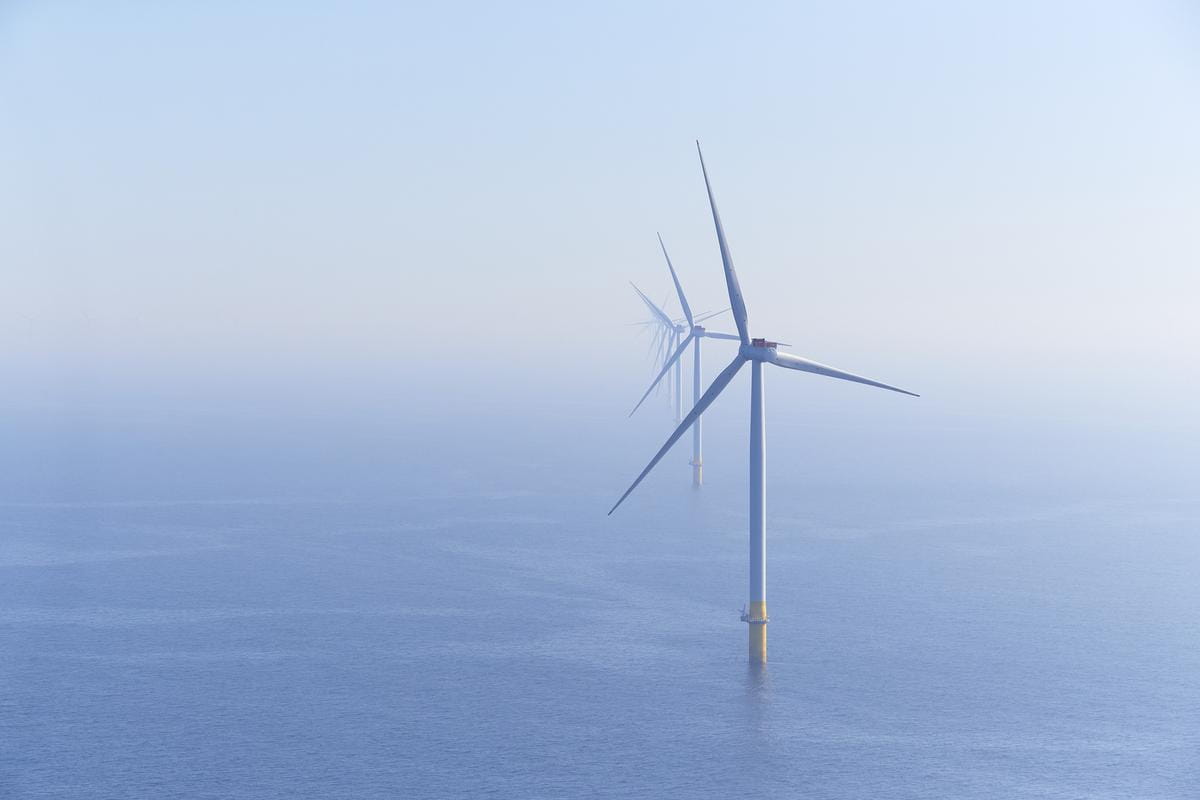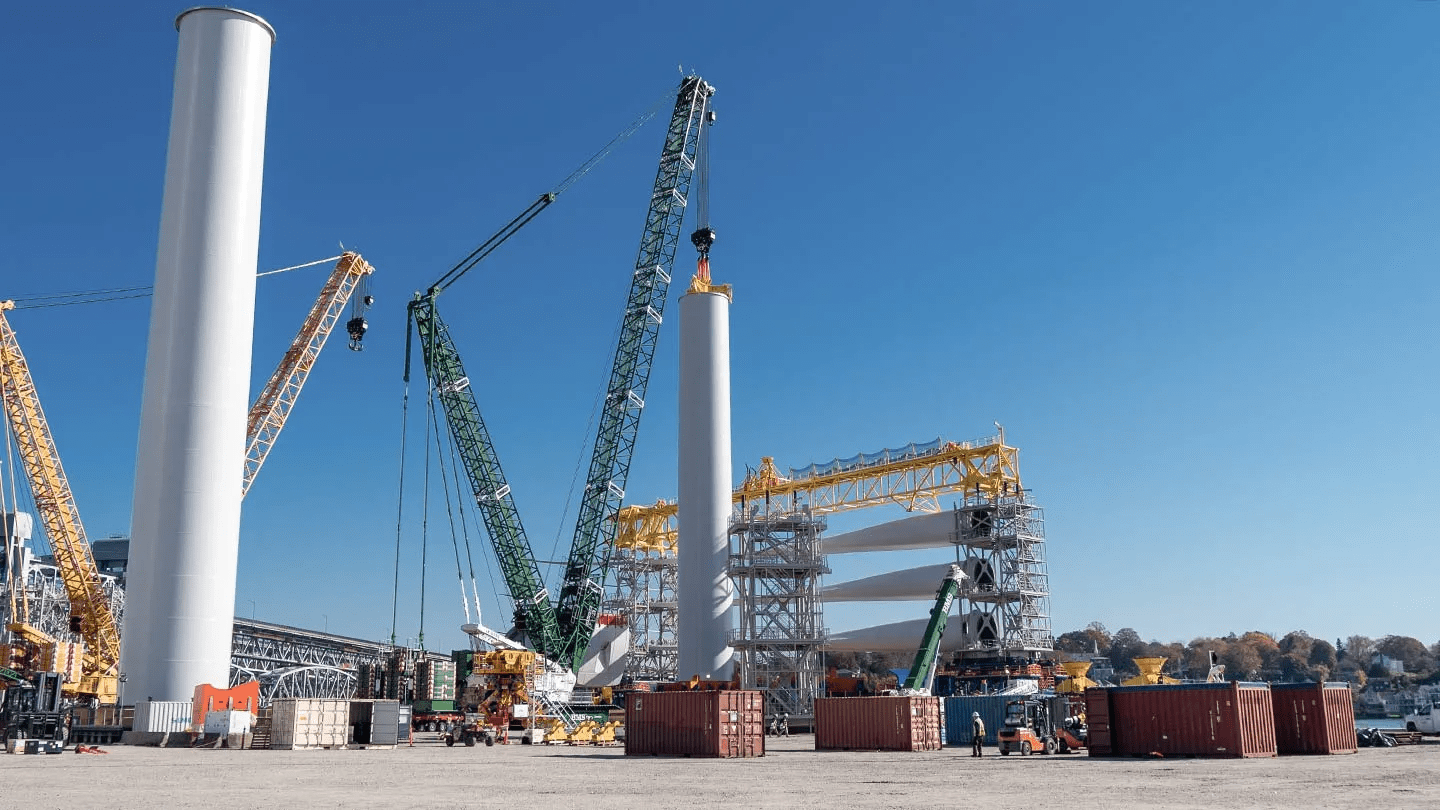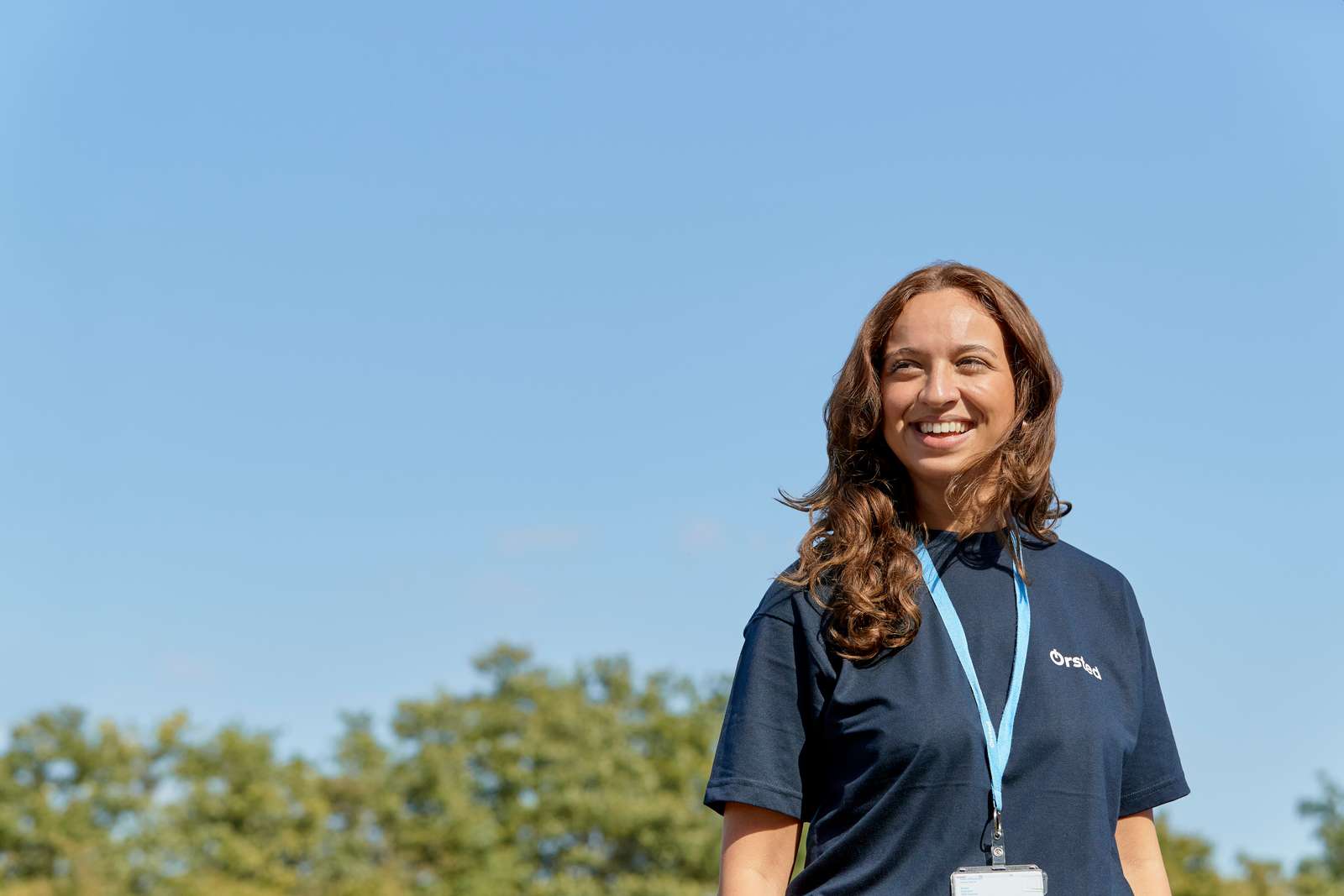New York welcomes America’s first commercial-scale wind farm
In 1882, Thomas Edison lit up Manhattan with his power station on Pearl Street, kicking off New York’s history of energy firsts. Fast forward 140 years, and New York is once again entering a new era of clean power, completing America’s first commercial-scale offshore wind farm: South Fork Wind.
South Fork Wind is a 12-turbine, 132 MW offshore wind farm powering ~70,000 Long Island homes. But the story of South Fork Wind goes beyond turbines, megawatts, and homes powered. It’s a story of union workers, engineers, and conservationists. A story of industry, investment, and laying the foundations for America’s offshore wind infrastructure.
Above all, it’s a New York story – a project by New Yorkers, for New Yorkers.
-
How will the energy from South Fork Wind reach the grid?
-
How does offshore wind’s environmental footprint compare to other energy sources?
-
What happens when South Fork Wind reaches the end of its lifecycle?
-
What are electromagnetic fields? How do they interact with offshore wind farms?
Powering up the people and industries of New York
New York takes first place in offshore wind
With South Fork Wind, the Empire State is piling up national offshore wind firsts. The project features the country’s first American-built offshore substation, and is the first offshore wind farm to use an American-made and -crewed service operations vessel. To provide long-term support to South Fork Wind, New York is opening its first Operations & Maintenance center in East Setauket and a first offshore wind training center in Brentwood.
These clean energy firsts add up to more than just a single offshore wind farm. They’re paving the way to a renewably powered New York, one that can meet its clean energy goals while bringing jobs, training, and more resilient infrastructure to New Yorkers.
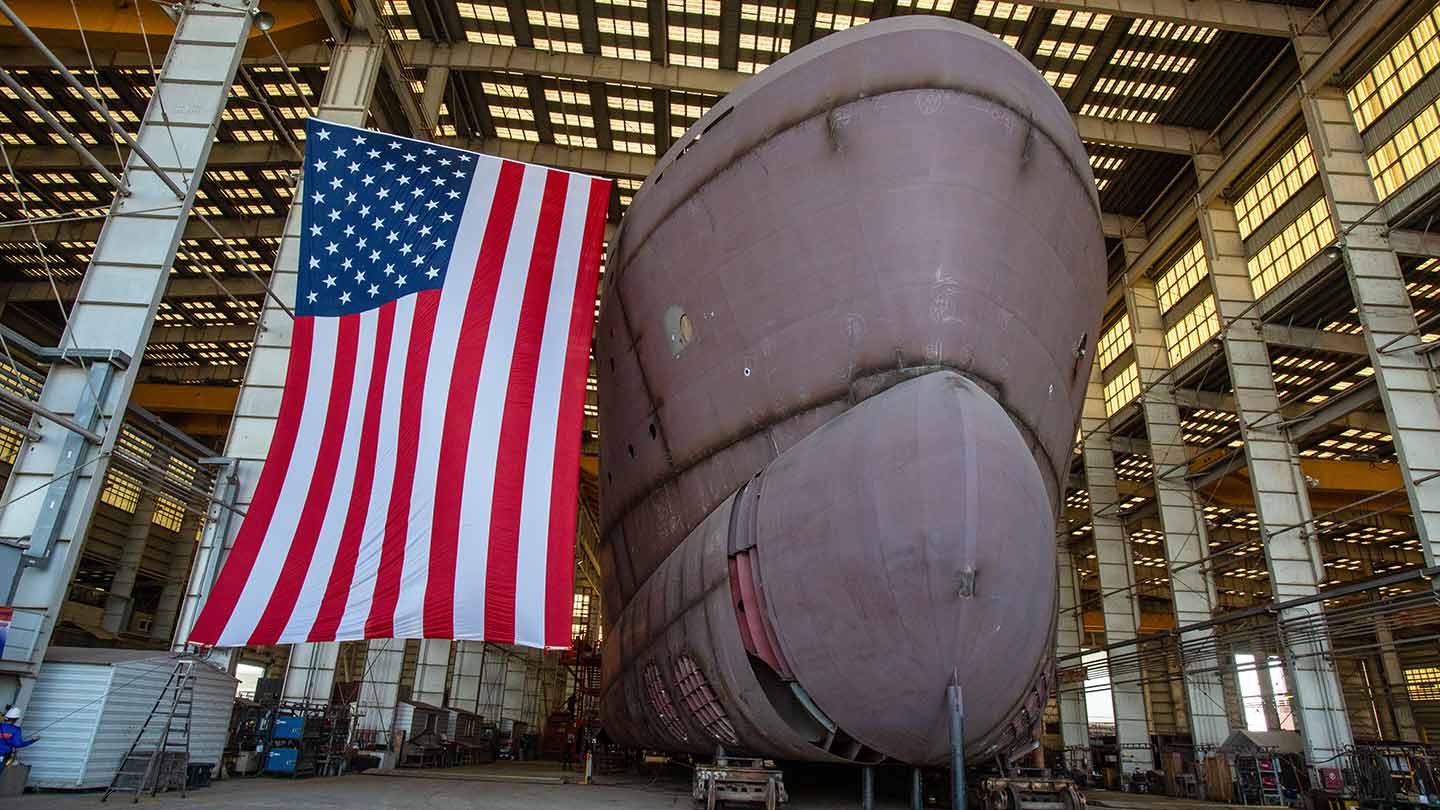
Boosting industry, locally and nationally
South Fork Wind has put New York’s offshore wind industry on the map, creating new business for local companies. Long Island’s Haugland Energy Group and Elecnor Hawkeye installed the project’s underground duct bank and onshore substation, and its onshore cables, respectively. Concrete mattresses were manufactured by Roman Stone, another Long Island company, and upstate manufacturer Ljungström fabricated steel parts for the project’s foundations.
And the business benefits of South Fork Wind – greater manufacturing, investment, and infrastructure – extend well beyond the Empire State. The project’s offshore substation was built in Texas, its export cable in South Carolina, and its foundation components in Rhode Island, while assembly happened in Connecticut. That’s nearly 1,000 jobs across 5 states supporting the build out of America’s offshore wind industry.
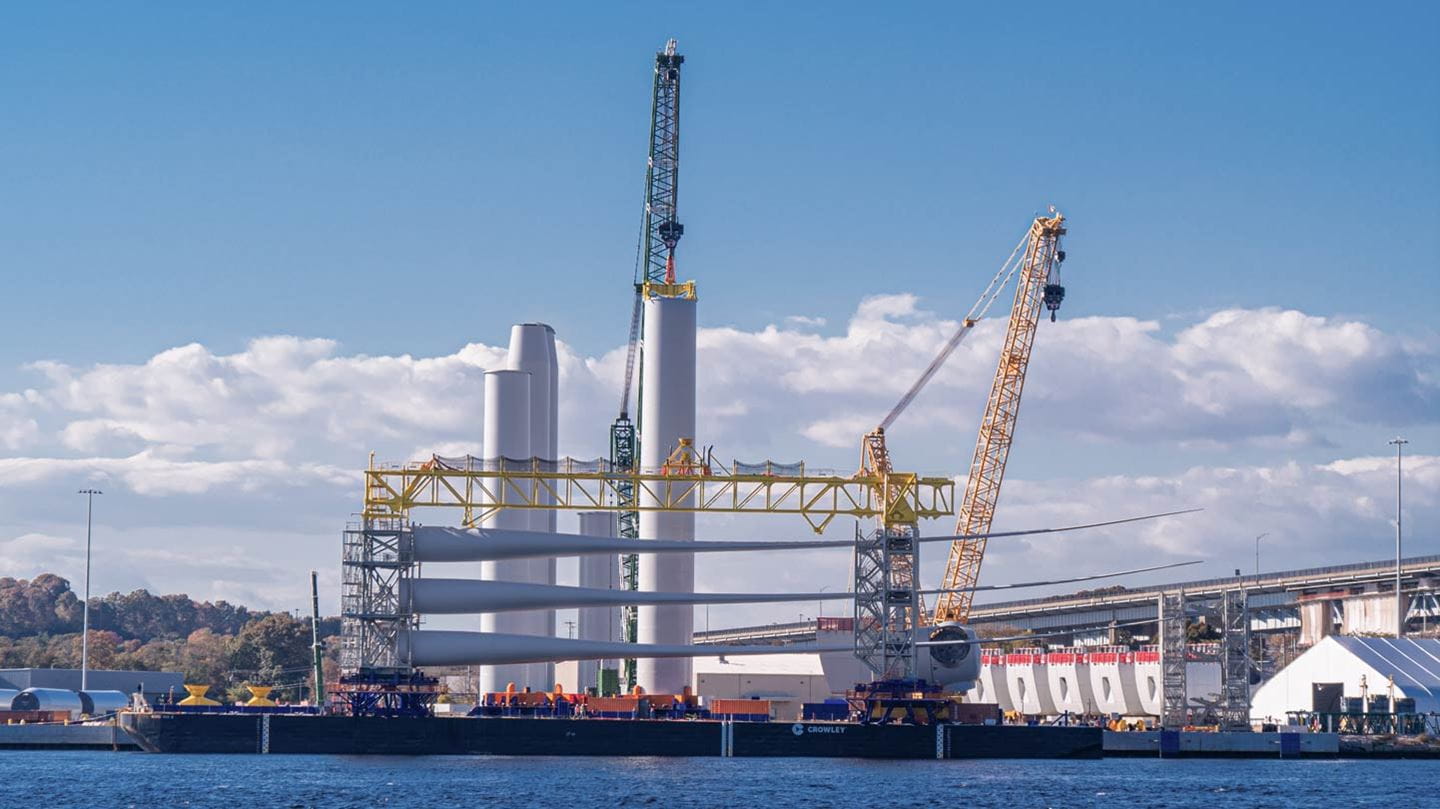
“
Every trade in the community was involved. Linemen, electricians, laborers, operating engineers, tradesmen, everyone played a part in building South Fork Wind. It's a great accomplishment for Ørsted, Eversource, the Haugland Group, for every company that participated.
Matt Laub
Construction foreman
Wainscott, NY



